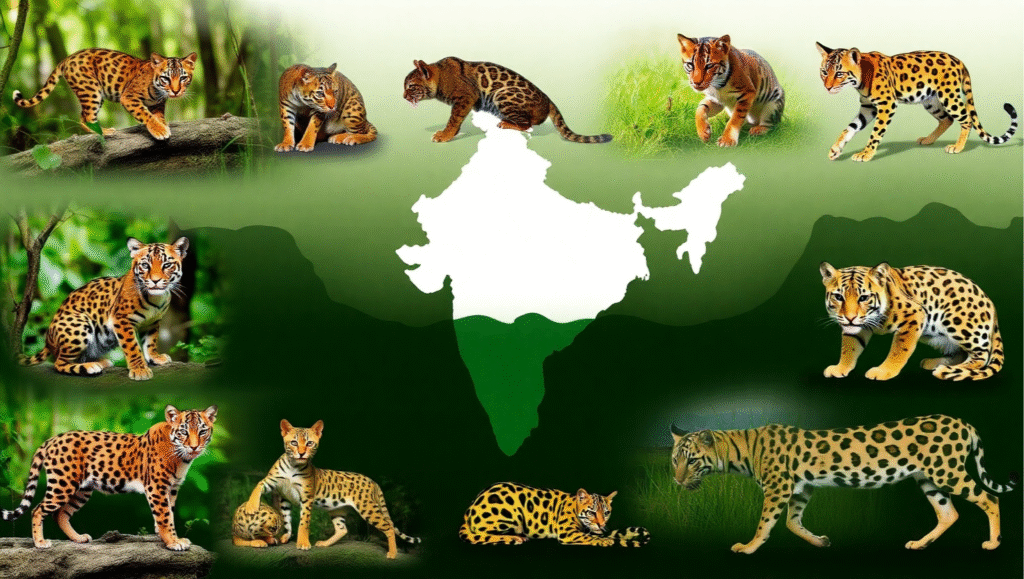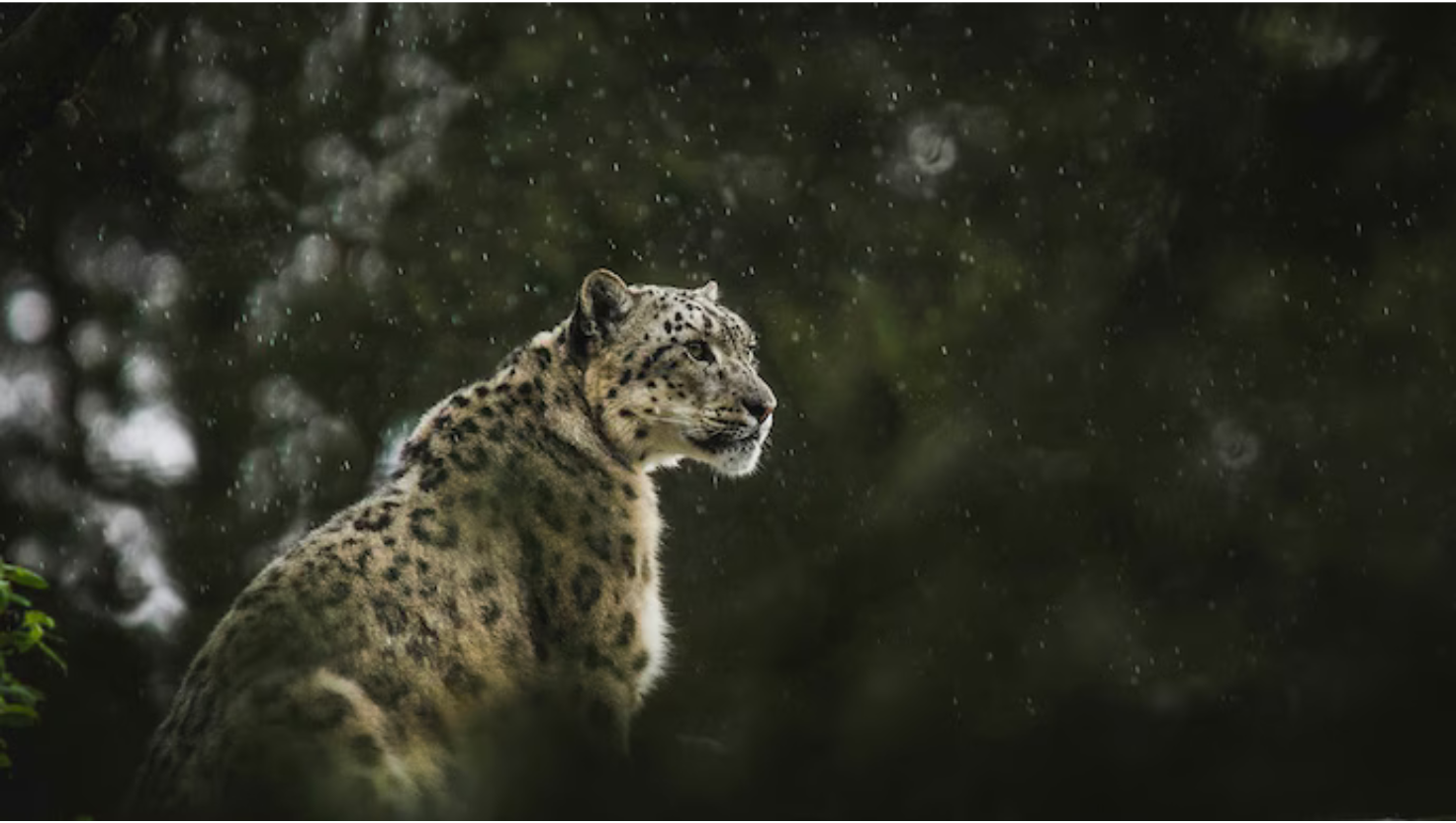Status of Small Cats in Tiger Landscapes of India
Syllabus: Wildlife Conservation (UPSC GS III)
Source: Wildlife Institute of India (WII)
Context:
On Global Tiger Day (29 July 2025), the Ministry of Environment, Forest and Climate Change released a report titled “Status of Small Cats in Tiger Landscapes of India”. The study, based on the All India Tiger Estimations (2018 and 2022), presents the first comprehensive assessment of small wild cat species across India’s tiger habitats.
About the Report:
- Nature of Study:
A first-of-its-kind scientific report mapping the distribution, occupancy, and conservation status of 9 small wild cat species across tiger-range landscapes. - Released By:
Ministry of Environment, Forest and Climate Change, in collaboration with the Wildlife Institute of India. - Purpose:
- Assess presence across protected and non-protected areas.
- Identify habitat preferences and threats due to human activity.
- Generate baseline data to guide small carnivore conservation.
- Integrate small cats into long-term landscape-level conservation plans.
Species Assessed & Key Observations:
| Species | Estimated Occupancy (km²) | Habitat Type | Remarks |
|---|---|---|---|
| Jungle Cat | 96,275 | Dry to moist deciduous forests | Most widespread; tolerant of human presence |
| Rusty-Spotted Cat | 70,075 | Mixed deciduous forests | Second most widespread; prefers interior zones |
| Leopard Cat | 32,800 | Moist forests (NE, Western Ghats, Sundarbans) | Found mainly in NE & wetlands |
| Desert Cat | 12,500 | Semi-arid & dry forests (West & Central) | Restricted range |
| Fishing Cat | 7,575 | Wetlands, mangroves, riverine areas | Vulnerable to habitat loss |
| Clouded Leopard | 3,250 | Dense forests (NE India) | Elusive, canopy-dweller |
| Marbled Cat | 2,325 | Dense forests (NE India) | Very rare, low detection |
| Asiatic Golden Cat | 1,850 | Evergreen forests (NE India) | Restricted and highly elusive |
| Caracal | Not detected | NW and Central India (historically) | Absence a cause for concern |
Ecological Insights:
- Habitat Generalists vs. Specialists:
Jungle and rusty-spotted cats thrive in varied environments, while fishing cats and marbled cats require specific ecosystems. - Impact of Human Activity:
Species presence significantly drops with increased human interference, except in adaptable species like the jungle cat. - Landscape Connectivity:
Presence in both core and buffer zones highlights the importance of holistic landscape planning beyond protected areas.
Conservation Implications:
- Biodiversity Indicator:
Small cats reflect ecosystem health and help evaluate prey availability, forest density, and water sources. - Protected Areas as Refuges:
Their higher detection within tiger reserves validates the umbrella effect of Project Tiger. - Inclusive Monitoring:
Emphasizes the need to extend wildlife monitoring to lesser-known carnivores.
Policy Recommendations:
- Integrate Small Cats into Tiger Landscape Planning:
Include them in corridor development, buffer strategies, and protected area management. - Institutional Monitoring:
Regular small felid assessments should be part of the All-India Tiger Monitoring framework. - Habitat Protection:
Safeguard wetlands and dry forests critical to species like the fishing cat and desert cat through enhanced ESZ norms. - Public Awareness:
Promote education, curriculum inclusion, and eco-club initiatives focusing on lesser-known fauna.
Conclusion:
This pioneering study marks a shift from megafauna-centric conservation to inclusive biodiversity strategies. Small wild cats, though lesser-known, play a vital ecological role and deserve focused attention in India’s evolving wildlife policy. The report lays the foundation for science-based, habitat-specific, and community-inclusive conservation efforts in tiger-range landscapes.











